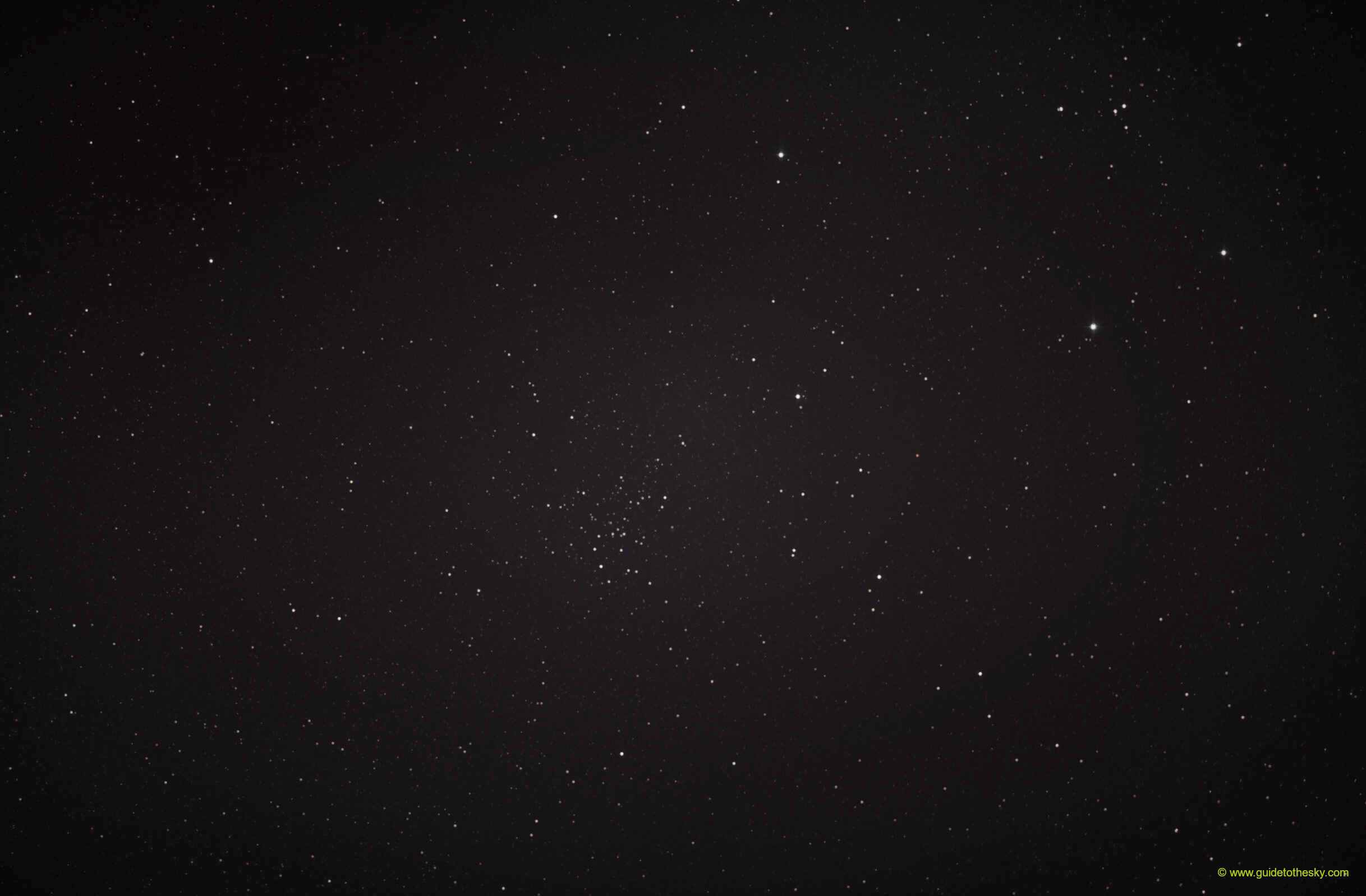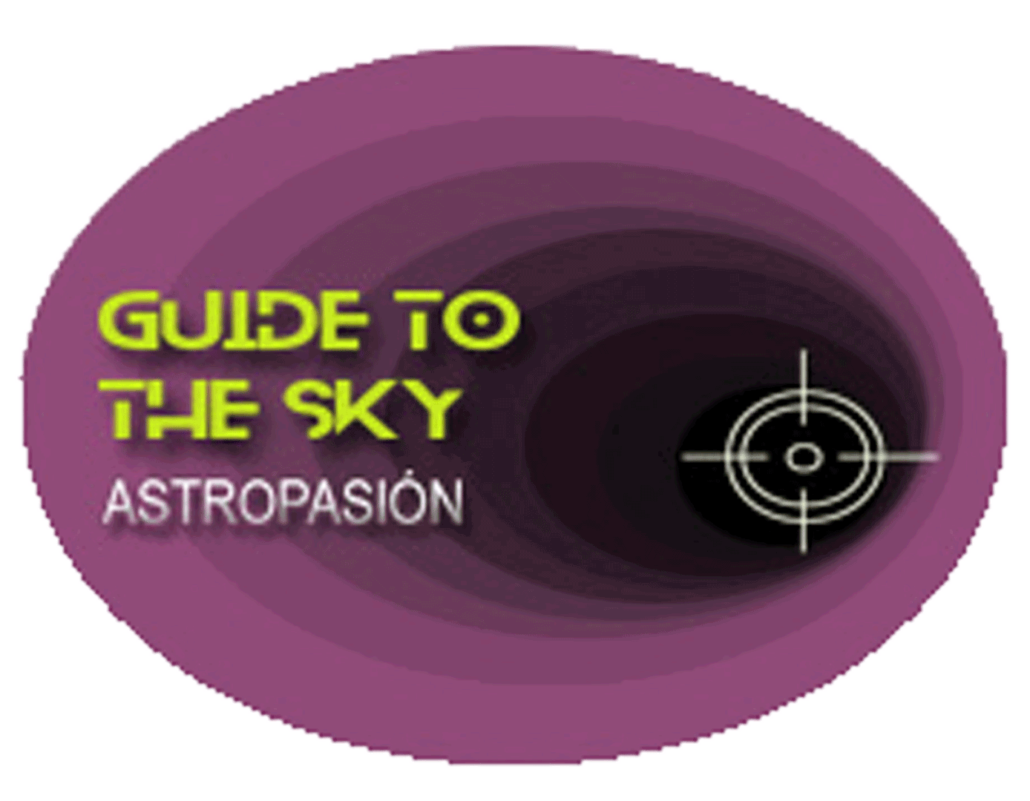NGC 1528 - Perseus
NGC1528 pertenece a la constelación de Perseus
NGC 1528 es un bonito y brillante cúmulo abierto en la constelación de Perseo.
NGC 5128 es de la {{ object[0].NGC1528.visualMagnitude }} magnitud y dista {{ object[0].NGC1528.mesDistances[0].dist }} {{ object[0].NGC1528.mesDistances[0].unit }} de nosotros.
Las componentes más brillantes del cúmulo son de la 8.5 Magnitud por lo que se trata de un cúmulo bastante rico en estrellas y se encuentra en una región abundante entre otros objetos de su clase y nebulosas claras y oscuras.
NGC 5128 es de la {{ object[0].NGC1528.visualMagnitude }} magnitud y dista {{ object[0].NGC1528.mesDistances[0].dist }} {{ object[0].NGC1528.mesDistances[0].unit }} de nosotros.
Las componentes más brillantes del cúmulo son de la 8.5 Magnitud por lo que se trata de un cúmulo bastante rico en estrellas y se encuentra en una región abundante entre otros objetos de su clase y nebulosas claras y oscuras.
NGC1528 - - en la IA
NGC 1528 is a relatively bright and rich open cluster located in the constellation Perseus. Here's a breakdown of key information about it:
Key Characteristics:
- Type: Open Cluster
- Constellation: Perseus
- Right Ascension: 04h 15.3m
- Declination: +51° 13'
- Distance: Approximately 1500 light-years (460 parsecs). Distance estimates can vary slightly depending on the method used.
- Age: Estimated to be around 400-500 million years old, making it an intermediate-age open cluster. This means its brighter, more massive stars have already evolved off the main sequence.
- Apparent Magnitude: Around +6.4, making it visible with binoculars under dark skies.
- Size: Its apparent diameter is about 18 arcminutes, corresponding to a physical diameter of roughly 8 light-years.
- Number of Stars: Contains an estimated 100-200 stars.
- Designations: Also known as OCL 399
Observational Notes:
- Visibility: Easily found with binoculars or a small telescope in a dark sky.
- Appearance: Appears as a concentrated group of stars. It is described as moderately rich and well-detached.
- Best Time to Observe: Best observed during the fall and winter months when Perseus is high in the sky.
Significance:
- Stellar Evolution Studies: Open clusters like NGC 1528 are important for studying stellar evolution. Because the stars in a cluster formed at roughly the same time and from the same material, astronomers can use them to test and refine models of how stars age.
- Distance Determination: Its distance is reasonably well-established through various methods (e.g., main sequence fitting), making it a good benchmark for distance calibration in astronomy.
- Galactic Structure: Open clusters are located within the disk of our galaxy, the Milky Way. Studying their distribution and properties helps to understand the structure and dynamics of the Galactic disk.
Finding NGC 1528:
- Location: NGC 1528 is located in the northern constellation Perseus.
- Nearby Star: Use the brighter star Alpha Persei (Mirfak) as a starting point. NGC 1528 lies a few degrees to the southwest of Mirfak.
In Summary:
NGC 1528 is a lovely open cluster suitable for binocular or small telescope observation. Its relative brightness and concentrated nature make it an enjoyable target for amateur astronomers, while its properties contribute to scientific research on stellar evolution and Galactic structure.
Más información sobre NGC 1528 en NASA/IPAC.
Mapa alrededor de NGC 1528
Otros identificadores de NGC1528:
"[KC2019] Theia 593","C 0411+511" ,"NGC 1528" ,"OCl 397.0" ,"[KPR2004b] 50" ,"[KPS2012] MWSC 0353",


